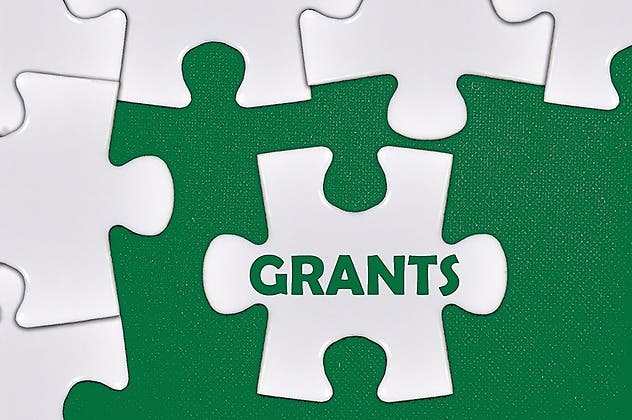27 Mar Federal Grant Development: Federal Grant Management – Financial Requirements
Federal Grant Management - Financial Requirements Session 11 of the Federal Grant Development Series The most common concerns related to federal grant management are around the financial requirements. These requirements include paying staff, contracting for services, travel, and purchasing materials. This session will discuss the most common policies...
11 Aug Grants 201: Creating Effective Budget Narratives
Grants 201: Creating an Effective Budget Narrative Session 6 of the Grants 201 Series A budget is a key element of most grant proposals and serves as a blueprint for spending the project’s funds. An effective proposal budget outlines the proposed project in fiscal terms and helps reviewers...
29 May LIVE WEBINAR: Grants 201 – Creating Effective Budget Narratives
Grants 201: Creating Effective Budget Narratives Session 6 of the Grants 201 Series A budget is a key element of most grant proposals and serves as a blueprint for spending the project’s funds. An effective proposal budget outlines the proposed project in fiscal terms and helps reviewers to...
26 May LIVE WEBINAR: Grants 201 – Creating Effective Budget Narratives
Grants 201: Creating Effective Budget Narratives Session 6 of the Grants 201 Series A budget is a key element of most grant proposals and serves as a blueprint for spending the project’s funds. An effective proposal budget outlines the proposed project in fiscal terms and helps reviewers to...
29 Jan Grants 101 Training Series
Cost: $25/session or $250 for the full series Grants 101 Series Sessions by GPCI Competency Register for the complete series: Register Now Grants 101 Training Series Grants are about so much more than just grant writing. This series of grant trainings will guide you through 1) researching opportunities, 2) building...





